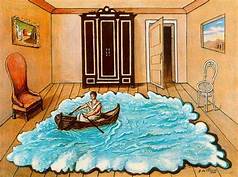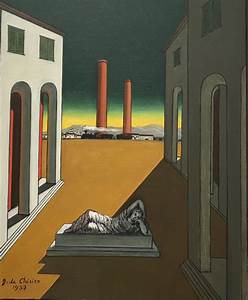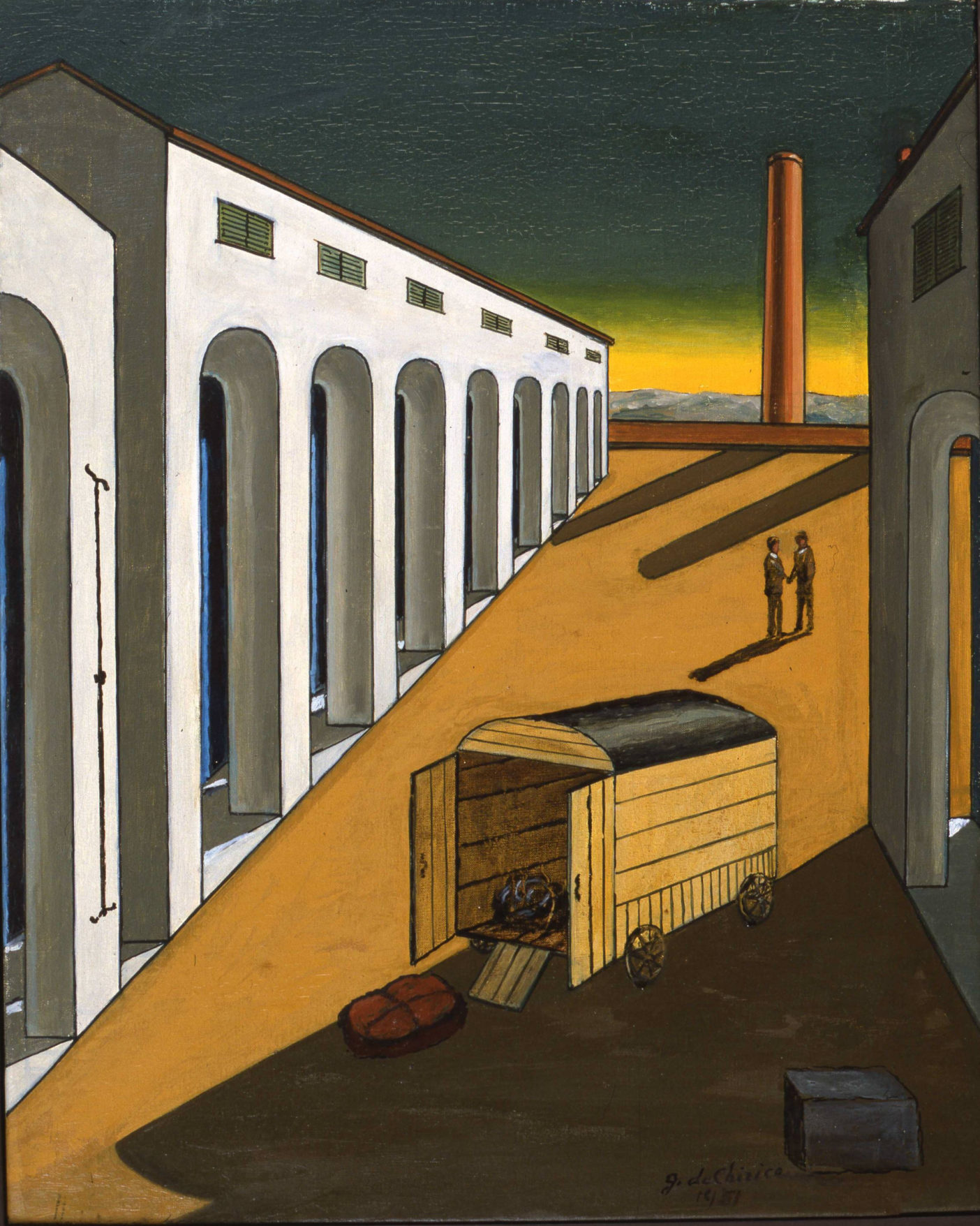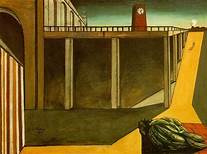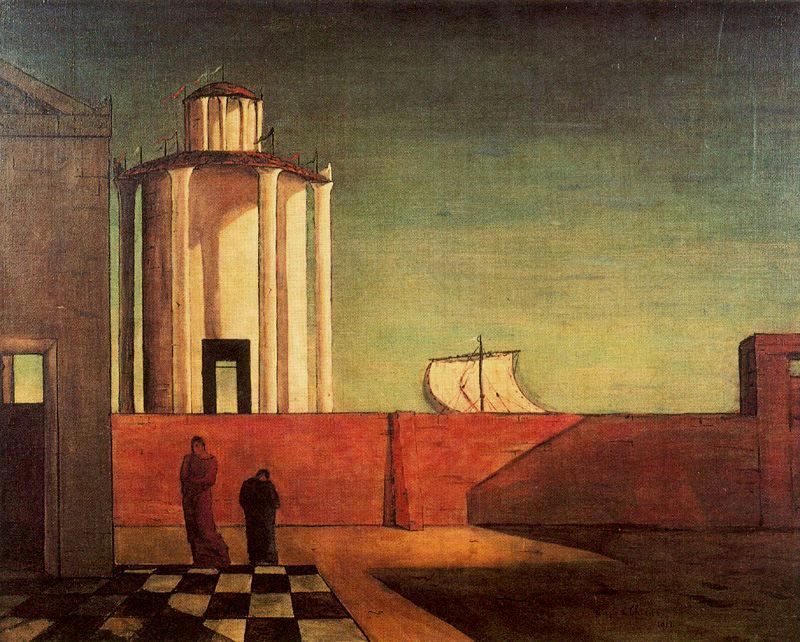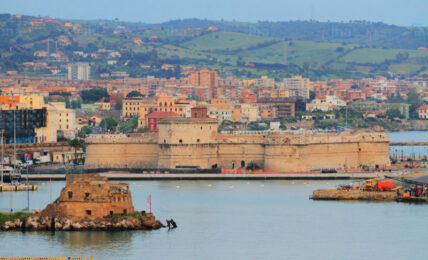De Chirico e la metafisica del viaggio: al Palazzo Blu di Pisa una mostra sul silenzio e la vanità dello spostamento
Fino al 5 settembre Pisa ospita una mostra dedicata a De Chirico: imperdibile per scoprire l'altrove nascosto da un muro, la contemplazione del vuoto e il viaggio ideale.
